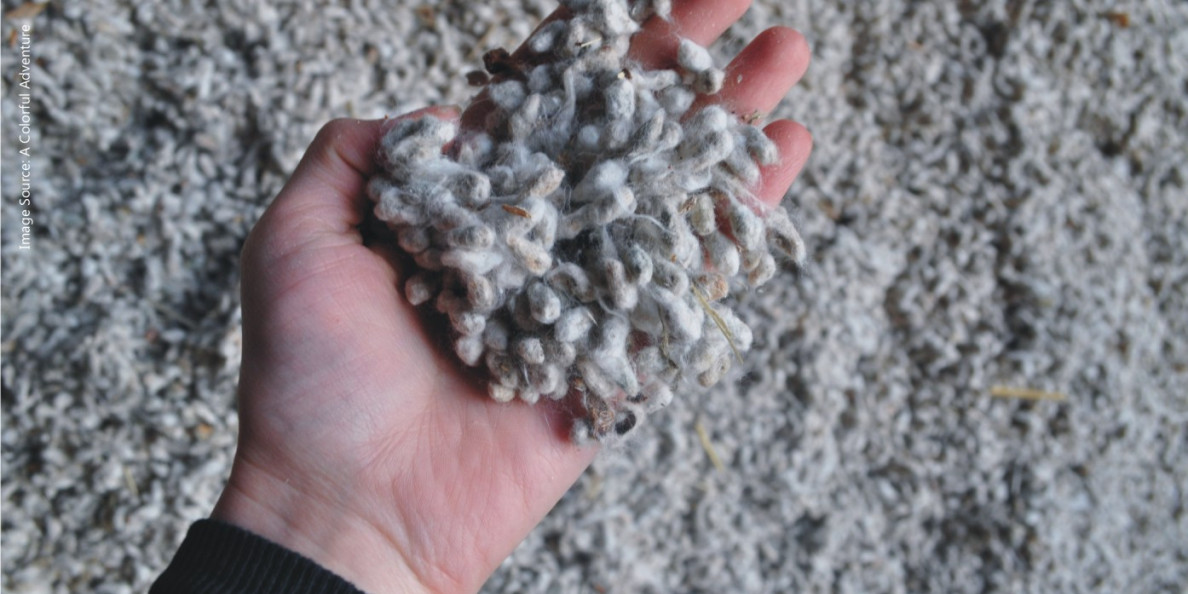Texas A&M AgriLife Research has reached a major milestone in increasing the value of cotton, marking the initial step toward commercial adoption of food-ingredient cottonseed.
This innovative development was led by Keerti Rathore, Ph.D., AgriLife Research Plant Biotechnologist in the Texas A&M Department of Soil and Crop Sciences.
With foundational research support and regulatory funding provided by Cotton Incorporated, Rathore has spent more than 30 years working to improve the value of cotton, going beyond the growers’ focus on fiber and concentrating on the value-added use for the seed, which has a high protein and oil content. Cotton plants produce 1.6 times more seed than fiber by weight.
Rathore’s development of the ultra-low gossypol cottonseed trait has opened the market to expand beyond the historically restricted market of dairy cows to feed poultry, swine, and aquaculture species — in addition to direct use as a protein source for human consumption.
To further advance adoption and demonstrate the global humanitarian potential of ultra-low gossypol cottonseed, AgriLife Research and Cotton Incorporated collaborated to make the trait available for noncommercial use several years ago.
As a result of these efforts, Uzbekistan has become the first country to formalize a partnership with the Texas A&M University System through Texas A&M Innovation. The agreement, facilitated by Uzbekistan’s Center of Genomics and Bioinformatics of the Academy of Sciences, will support the incorporation of the trait into cotton varieties adapted for Uzbekistan, in alignment with the nation’s food security objectives.
In addition to validating this trait, U.S. cotton growers may see future benefits as germplasm and future biotech traits are shared back with AgriLife Research following Uzbekistan’s adoption of ultra-low gossypol cottonseed.
Making Cottonseed Edible
The cotton plant produces more seeds by weight than fiber. However, gossypol — a naturally occurring toxic compound that deters insects — is present throughout the cotton plant, including the seeds. The gossypol prevents their use as food or feed for non-ruminant animals. To date, the dairy industry’s use of cottonseed as a feed has made it the number one consumer of U.S. cottonseed.
Rathore’s ultra-low gossypol cottonseed, TAM 66274, partially funded by U.S. cotton growers through Cotton Incorporated, was approved for field planting and food and feed consumption by USDA in 2018 and by the U.S. Food and Drug Administration in 2019.
With it fully deregulated in the U.S., the incorporation of ultra-low gossypol cottonseed represents an untapped market and an exciting opportunity for the industry to incorporate the trait into their commercial varieties, Rathore says.
Nobel Peace Laureate Norman Borlaug, Ph.D., renowned for saving a billion lives by developing high-yielding wheat varieties, supported ultra-low gossypol cottonseed and Rathore’s work in a letter for a Nature manuscript back in 2005.
“This research potentially opens the door to utilizing safely the more than 40 million tons of cottonseed produced annually as a large, valuable protein source for improving nutrition of monogastric animals, including man,” Borlaug wrote.
Rathore’s goal is the global adoption of ultra-low gossypol cottonseed. He envisions a future where cotton is valued for its fiber and as an alternative protein source. This dual-purpose use of the crop should improve the sustainability of cotton cultivation.
Former Student Facilitates Uzbekistan Partnership
Ibrokhim Abdurakhmonov, Ph.D., Texas A&M Department of Soil and Crop Sciences former student and current Uzbekistan Minister of Agriculture, facilitated this humanitarian relationship.
“The transfer of cutting-edge cotton innovation offers a significant opportunity for Uzbekistan’s cotton industry,” Abdurakhmonov says. “It is of interest to the research community, government, and farmers, aligning fully with Uzbekistan’s food security agenda.”
The availability of this technology for research will facilitate the transfer of the ultra-low gossypol cottonseed trait into locally adapted Uzbek cotton cultivars soon.
Rathore said the Uzbekistan partner organization, the Center of Genomics and Bioinformatics (founded by Abdurakhmonov), is well-positioned to acquire this technology because of the researchers’ expertise in transferring and commercializing traits.
Their expertise was demonstrated by the successful breeding and commercialization of long fiber cultivars in Uzbekistan, Abdurakhmonov says. Uzbek scientists jointly developed these cultivars with Texas A&M and the USDA-Agriculture Research Service.
“I hope this partnership and transfer of technology will be mutually beneficial and will help promote adoption of this technology in the U.S. and worldwide in cotton farming soon,” Rathore says.
Πηγή: cottongrower.com